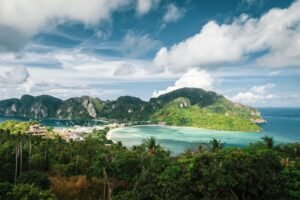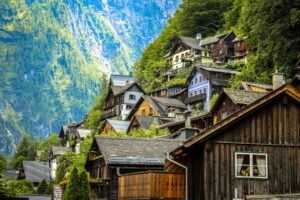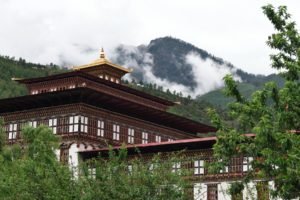Join Triplou on a journey to discover the adventure and culture of Vietnam. Explore Ninh Binh and Hue.
The cities of Ninh Binh and Hue are the finest examples of how adventurous and culturally rich Vietnam is. These two cities, in the north and centre of Vietnam, provide a distinctive fusion of scenic beauty, historical significance, and cultural diversity. In this guide, we’ll take you on a tour of Ninh Binh and Hue, presenting some of the best activities and sights these two cities offer.
Ninh Binh
Ninh Binh, a magnificent province in northern Vietnam, attracts tourists with its breathtaking natural beauty and illustrious cultural heritage. Ninh Binh is frequently called the “Ha Long Bay on Land” because of its majestic limestone cliffs, serene waterways, and beautiful rice terraces. Tam Coc is a group of caves that may be visited by boat and is one of the most well-known attractions in the area. Visitors are treated to breathtaking views along the journey, with imposing cliffs rising from the water and lush vegetation lining the riverbanks. With many trails running through the picturesque landscape, Ninh Binh provides many chances for rock climbing, cycling, and other adventure sports.
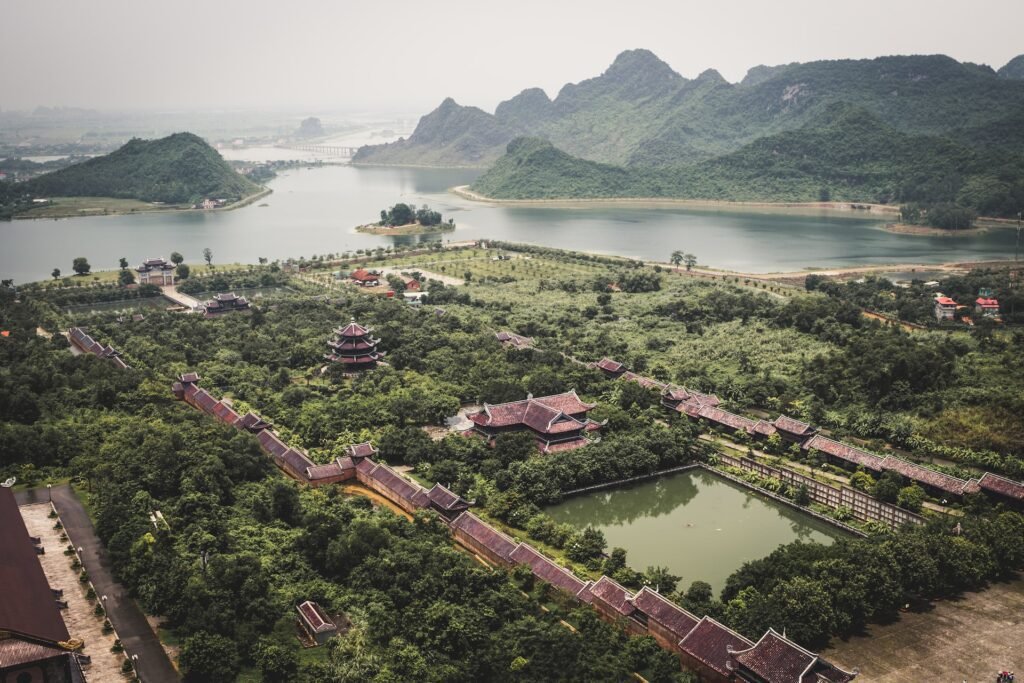
The Trang An Scenic Landscape Complex, a UNESCO World Heritage Site with caves, rivers, and temples, is another must-see sight in Ninh Binh. Visitors can take a boat excursion through the complex, which passes through cliffs and tunnels. Many temples and pagodas in the region, including the Bai Dinh Pagoda, Vietnam’s most significant Buddhist complex. With several eateries dishing up regional specialities like goat meat and eel, Ninh Binh is a fantastic spot for anyone exploring the local culture. Visitors can also browse local markets to obtain various goods and souvenirs.
Hoa Lu Ancient Capital
During the 10th and 11th centuries, Hoa Lu Ancient Capital, served as Vietnam’s political and cultural hub. It is presently a well-liked tourist site and served as the capital of the Dinh and Le dynasties. The Dinh and Le temples, located at the location, were constructed in memory of the two monarchs who founded the capital. The temples have spectacular architecture representative of the era and are decorated with elaborate carvings. In addition to enjoying the tranquil settings of the lush green scenery, visitors can explore the temples and discover the region’s history.

Hoa Lu Ancient Capital, is renowned for its breathtaking natural beauty in addition to the temples. The Ngo Dong River meanders through the terrain bordered by imposing limestone mountains and rich flora. Visitors can take a boat tour along the river, which passes past caves and beneath tall cliffs. They can take in the breathtaking views while travelling, learning from their experienced guide about the area’s history and culture. Numerous hiking routes weave through the countryside and provide opportunities to see wildlife and appreciate the natural beauty for those who want to explore the area on foot.
Hue
Vietnam’s principal city Hue is a beautiful place with a fascinating history. From 1802 to 1945, the city was the imperial capital of Vietnam during the Nguyen Dynasty, and the town still bears the marks of this illustrious past. The Imperial City, formerly the Nguyen emperors’ residence, is the most well-known site in Hue. The vast complex has magnificent palaces, temples, and pavilions initially utilised for imperial events and celebrations. Strong walls encircle it.
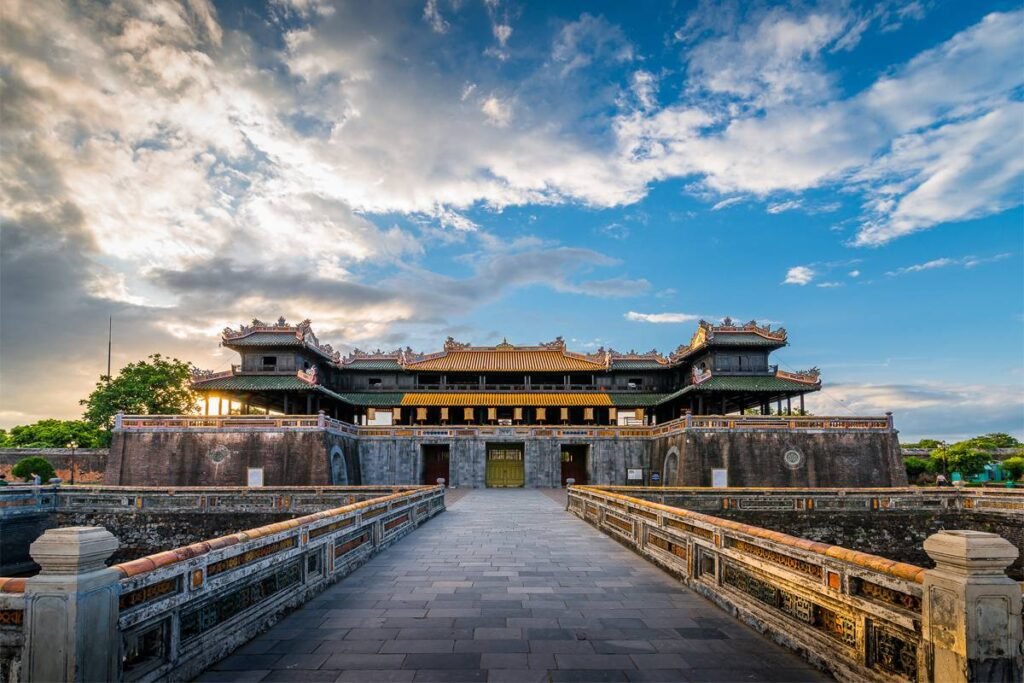
Hue is renowned for its bustling cuisine scene, as well as its historical and cultural landmarks, in addition to the Imperial City. The region is famous for its cuisine, which features delicacies like bun bo Hue and banh khoai, a savoury pancake packed with shrimp, pork and bean sprouts. (a spicy beef noodle soup). Visitors can enjoy these and other regional specialities at the city’s numerous street food stands and restaurants. Additionally, Hue is home to many museums, galleries, and performance spaces that highlight the city’s diverse cultural legacy.
Thien Mu Pagoda
Vietnam’s Hue is home to the early 17th-century Thien Mu Pagoda, a revered Buddhist temple. The temple’s seven-tiered pagoda, one of the city’s most recognisable attractions, is perched on a hill overlooking the picturesque Perfume River. Visitors can ascend the pagoda’s stairs to take in expansive views of the surroundings and see the beautiful temple design. A colossal bronze bell cast in the pagoda in 1710 is also housed there; it is claimed to be audible from several kilometres.
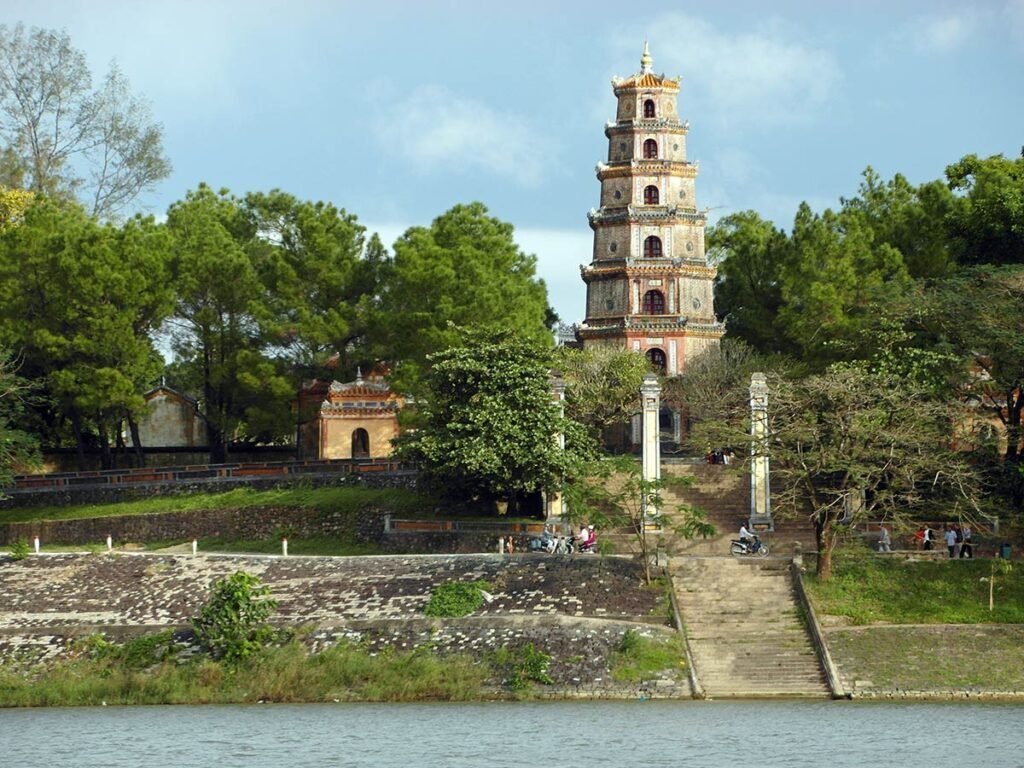
Visitors can watch the daily rites and ceremonies at the temple called Thien Mu Pagoda. Thien Mu Pagoda is also a centre of Buddhist practice and prayer in Hue. The Dai Hung Shrine, the Bell Tower, and the Ho Chi Minh Museum are just a few of the historical and culturally significant monuments and structures that can be seen on the temple grounds. Beautiful gardens and courtyards ideal for a stroll or a quiet period of meditation surround the temple. Visitors to Thien Mu Pagoda will better understand the history and spirituality of Hue and all of Vietnam.
Vietnam’s Ninh Binh and Hue uniquely fusion adventure and culture. There is something for everyone in these two beautiful cities, whether you want to explore the natural beauty of Ninh Binh or immerse yourself in Hue’s rich history and cultural significance. Why then wait? Make your plans to Vietnam immediately to discover the excitement and culture of Ninh Binh and Hue for yourself!

